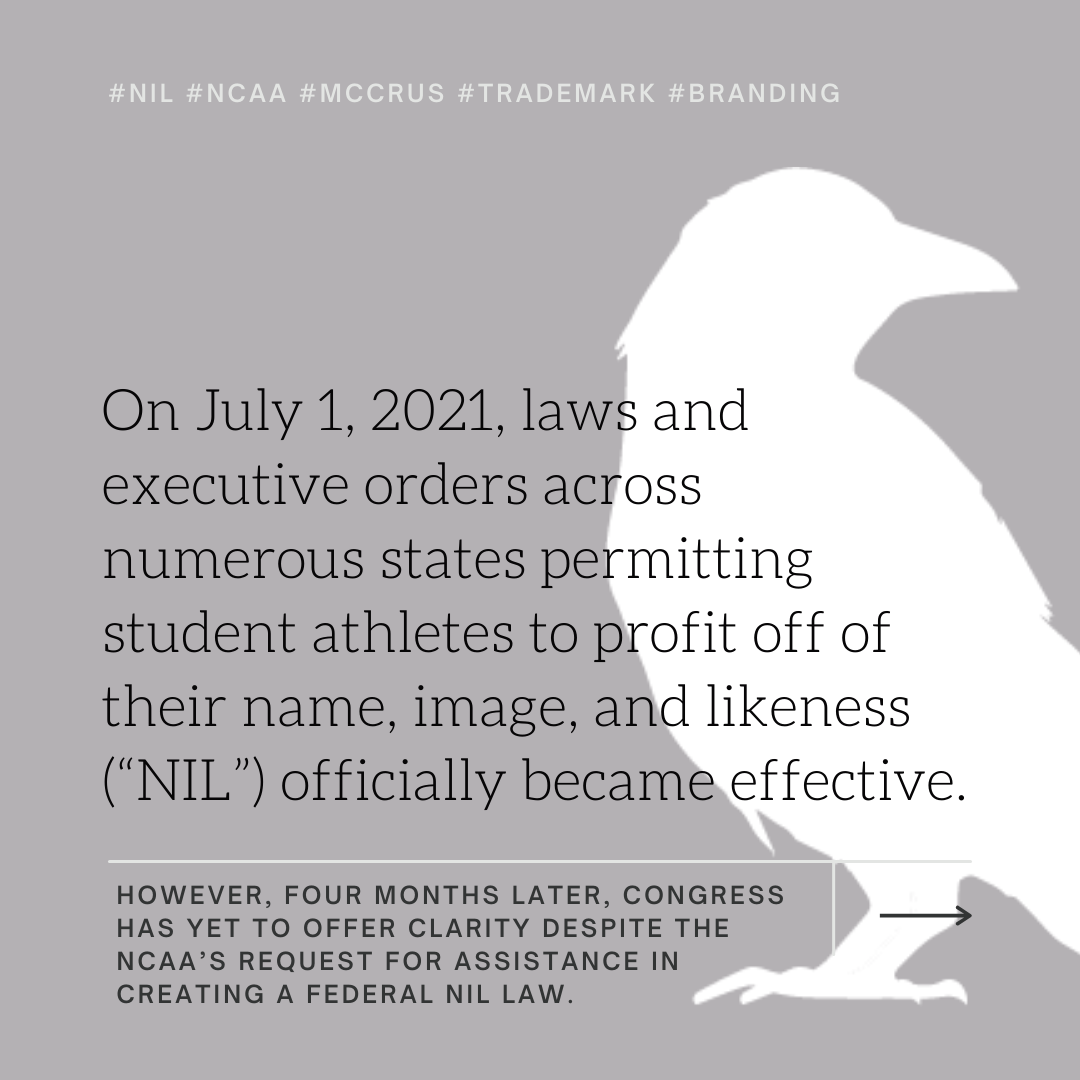Crypto Classifications , Written by Devon Jenkins
Script Below
As part of McCoy Russell’s intellectual property portfolio education, this is Devon Jenkins here to break down some of the most exciting topics in the world of trademarks and branding.
With the price of Bitcoin recently eclipsing a staggering $60,000 per coin, it is safe to say that what many are calling global “crypto-mania” is in full effect. Past Bitcoin, it is estimated that there are over 9,000 other “alt coins” currently in the market. While some established names such as Etherium and Ripple have been around for years, in just the past few months we’ve also seen the world-wide emergence of new currencies like Dogecoin, and its contemporary, the Shiba Inu coin. With the international prevalence of these new and creative brand names, it is more important now than ever for the companies creating these coins to think about filing trademarks to secure their intellectual property rights.
To receive a trademark, the name or logo associated with any cryptocurrency must be distinctive, and used to identify the source of the currency. The USPTO tends to shy away from providing trademark protection for mediums of exchange, but with some creative thinking, the agency has left the door open for savvy intellectual property attorneys to craft filings which will protect the goods and services most closely associated with their clients’ mark.
This means that companies must truly break down the essence of what they are providing to the public.
If the company focus is rooted in providing digital wallets to store cryptocurrency, then filing an application in Class 9, covering software products, may be the most appropriate fit.
If the business directly provides the coins to the public, then a consideration may be Class 36, covering financial services, which would include cryptocurrency payment processing, financial consulting, and any trading or brokerage services.
Still another approach would be to view the company as providing software as a services (SAAS) protected under Class 42, which would shift the focus from financial services to computer-related services including the software for recording and settling trades in cryptocurrency.
While it can be difficult to break down the goods or services offered by a cryptocurrency company into its core elements, at McCoy Russell, we take the time to make sure that our clients understand the full scope of their brand and appreciate the financial security provided by their intellectual property.
One aspect that our team makes sure to focus on is thinking beyond the initial cryptocurrency applications of the mark and considering all of the goods and services that could be associated with the brand in the future. The previously-mentioned alt coin Etherium for example just filed its last trademark application under Class 25 for shirts and t-shirts! It is important to not only take stock of where your crypto company is now, but also where it is heading.
Thanks for watching and stay tuned for more news and tips in trademarks and branding from the McCoy Russell team.

